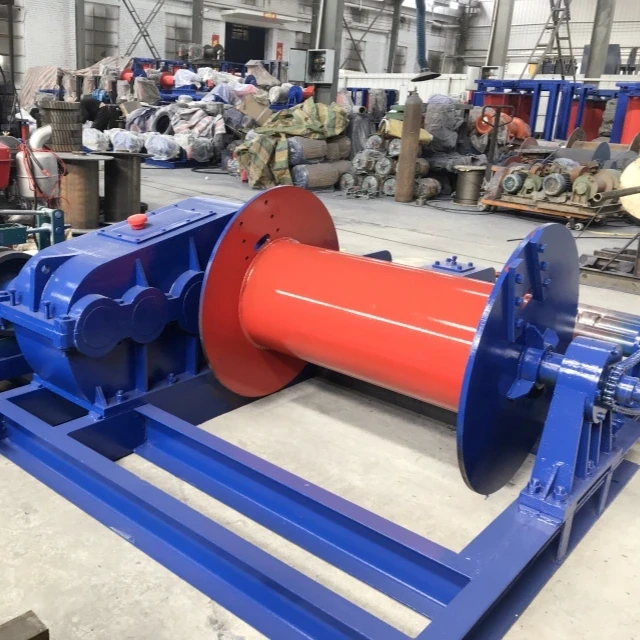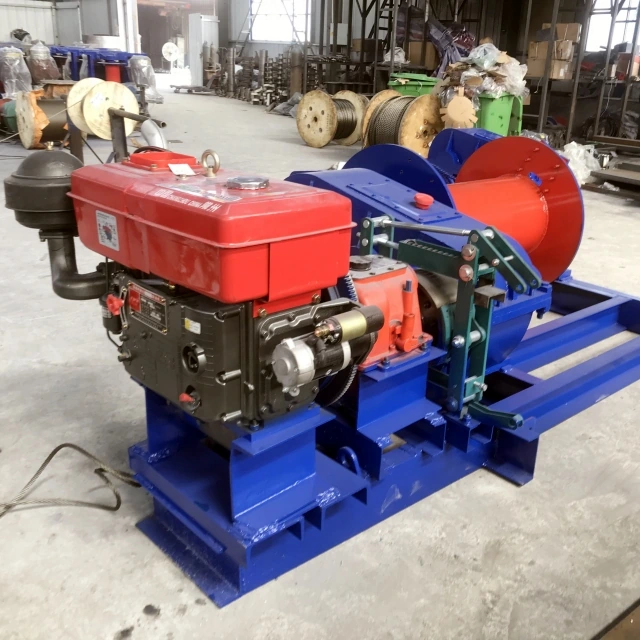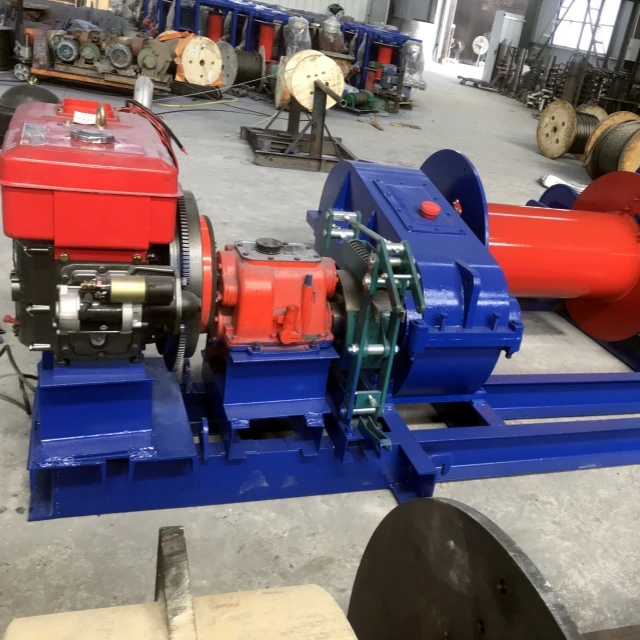Introduction
Operating hoists in low-light environments introduces unique safety challenges that demand strict adherence to lighting standards and operational protocols. This guide breaks down critical ANSI/IES lighting requirements, actionable risk-mitigation strategies, and real-world lessons to help teams maintain compliance while reducing accidents. Whether you're managing construction sites or industrial facilities, these insights align with industry-trusted equipment like Garlway winches to enhance nighttime operational safety.
Nighttime Hoist Operations: Critical Safety Considerations
Why Darkness Amplifies Risks
Low visibility increases the likelihood of misjudging load distances, overlooking obstructions, or missing equipment malfunctions. Studies show that 32% of hoist-related incidents occur during twilight or nighttime hours due to inadequate lighting or procedural gaps.
Core Safety Pillars
- Illumination: Meet minimum luminance levels for load paths and control stations.
- Operator Training: Address night-specific challenges like depth perception.
- Equipment Checks: Prioritize pre-shift inspections of brakes, wires, and lights.
Ever wondered why identical hoist systems fail more often at night? Often, it’s not the machinery—it’s the human factors under strained visibility.
Lighting Standards for Industrial Hoist Systems
ANSI/IES RP-7.01 Requirements
The standard mandates:
- 5 lux minimum for general work areas (e.g., load landing zones).
- 50 lux at control panels and emergency stops to ensure quick identification.
- Anti-glare positioning to prevent blinding operators or nearby workers.
Implementation Tips
- Use LED floodlights with adjustable beams (common in Garlway’s compatible accessories) for energy efficiency and durability.
- Mark shadows zones (e.g., beneath suspended loads) with high-visibility paint or supplemental lighting.
Operational Protocols to Mitigate Nighttime Risks
Pre-Operation Checklist
- Lighting Audit: Verify all functional lights cover the hoist path, hooks, and rigging areas.
- Communication Systems: Test radios/audio alerts to compensate for reduced visibility.
- Shift Planning: Limit continuous nighttime operation to 4-hour blocks to combat fatigue.
During Operation
- Slow Movements: Reduce hoist speeds by 20% to allow reaction time.
- Spotter Roles: Assign a dedicated observer to monitor blind spots.
Think of nighttime hoisting like driving on a foggy road—redundant safeguards are non-negotiable.
Case Studies: Lessons from Real-World Scenarios
Incident: Crane Collision in a Shipyard (2022)
- Cause: A 10-lux work area (below ANSI standards) led to misaligned loading.
- Solution: Upgraded to 75-lux LEDs with motion sensors, cutting night incidents by 60%.
Near-Miss: Warehouse Hoist Failure
- Lesson: Automated Garlway winches with overload alarms prevented a crash when the operator missed a warning light.
Conclusion: Actionable Steps for Safer Night Work
- Audit Lighting: Align with ANSI/IES RP-7.01 using measurable lux levels.
- Leverage Technology: Integrate fail-safes like automatic shutdowns for overloads.
- Train for Night Shifts: Simulate low-light scenarios during certification.
Final Thought: Safe nighttime hoisting isn’t just about brighter lights—it’s layering protocols, equipment reliability, and human vigilance. For teams relying on robust winch systems, pairing these strategies with Garlway’s durable designs creates a foundation for incident-free operations.
Related Products
- Portable Cement Mixer with Lift Concrete Machine
- Commercial Construction Mixer Machine for Soil Cement Mixing Concrete
- Ready Mixer Machine for Construction Ready Mix Machinery
Related Articles
- How Concrete Mixers Boost Profitability, Quality, and Sustainability in Construction
- How to Optimize Small Cement Mixer Positioning for Maximum Job Site Efficiency
- How to Verify Fasteners and Connectors in Concrete Mixers: A Safety-First Approach
- How Small Cement Mixers Deliver Cost-Efficiency, Health Safety, and Versatility
- How to Prevent Cement Silo Air Path Failures Through Smart Filter Maintenance





